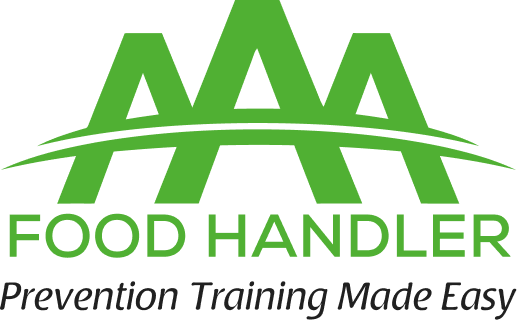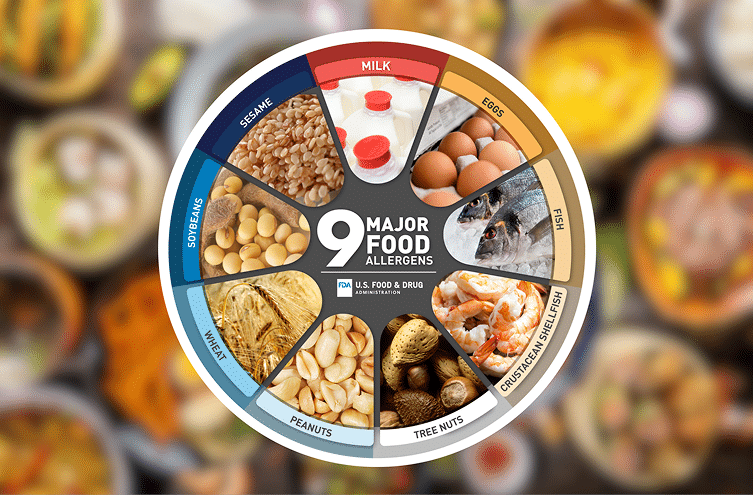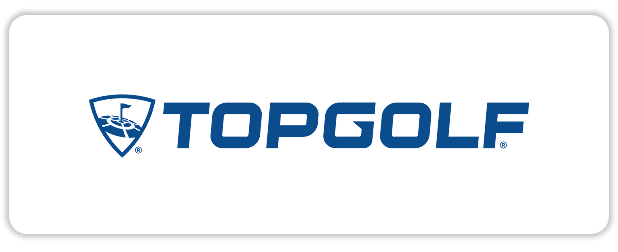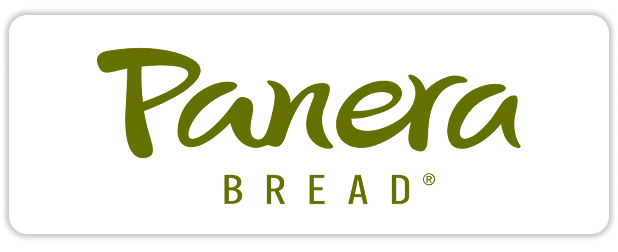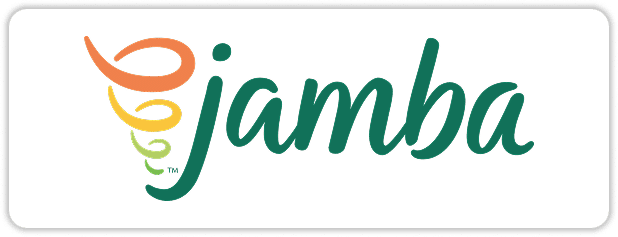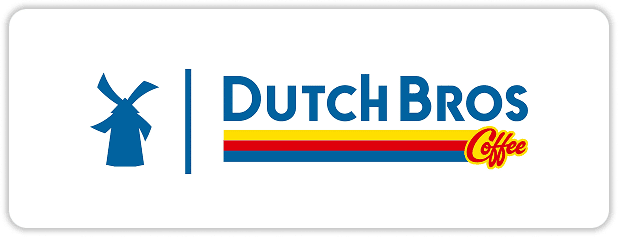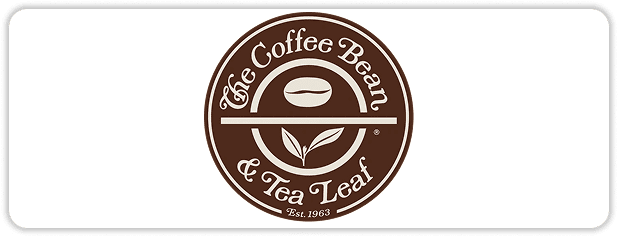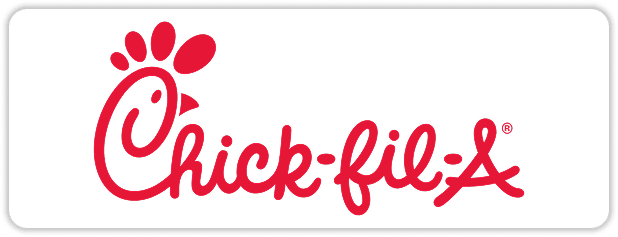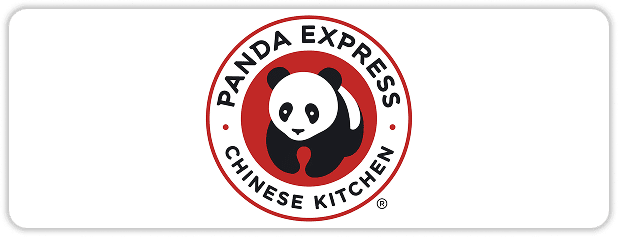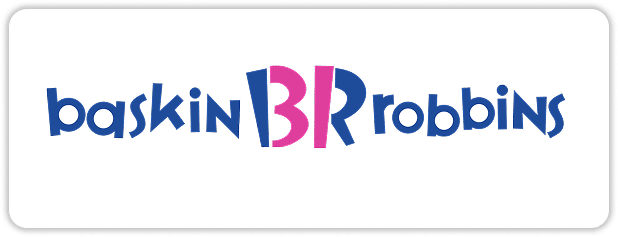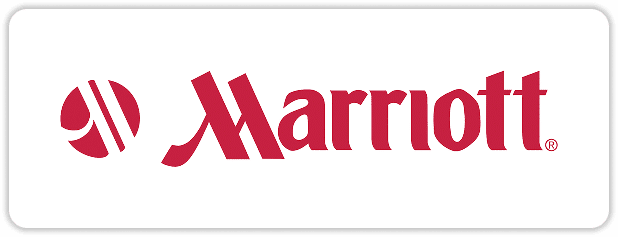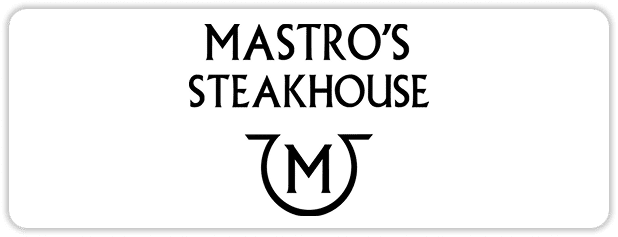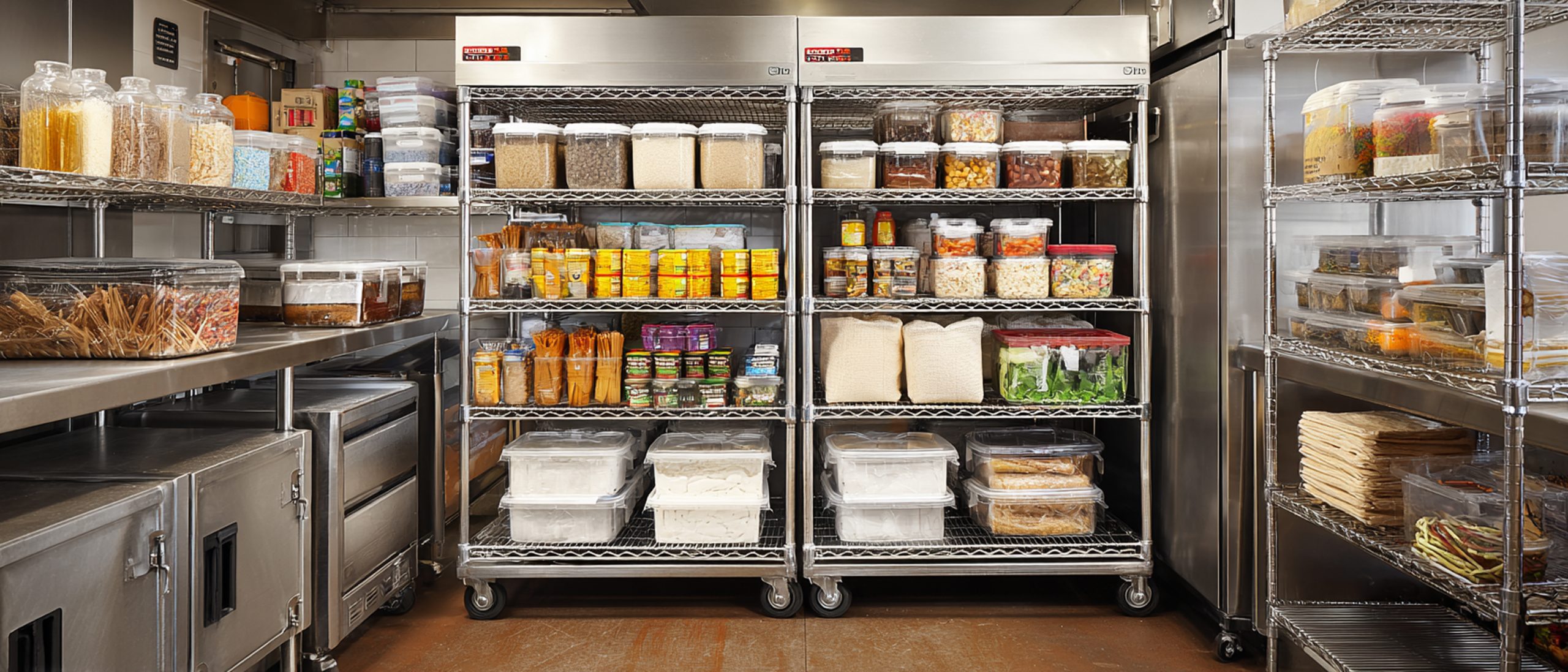
How Should Food and Supplies be Stored in a Dry-storage Area
Dry storage is an essential part of every kitchen, restaurant, or food service operation. It’s where foods that don’t require time-temperature control for safety are stored. This includes cereals, grains, flour, canned goods, and other packaged foods. Dry storage also houses single-use items like disposable utensils, napkins, containers, and plastic wrap.
So, how should food and supplies be stored in a dry-storage area? Proper dry storage management is critical for preventing contamination, reducing food waste, and ensuring safe operations. AAA Food Handler emphasizes practical guidelines that help food workers handle these items safely, keeping both customers and staff protected.
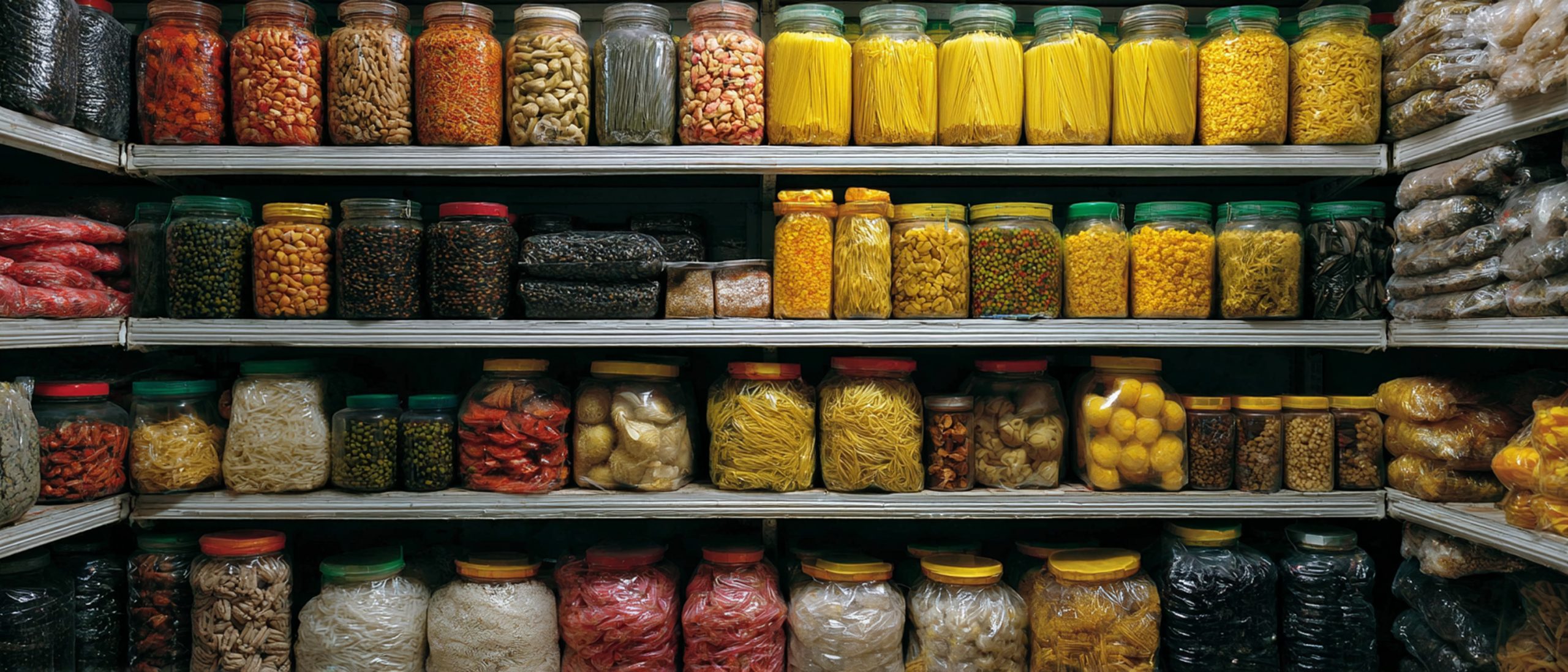
What is Dry Storage and Why Does It Matter?
Dry storage refers to any storage area for foods and supplies that do not require refrigeration or freezing. While these foods may seem low-risk, improper storage can still result in contamination, pest infestations, and spoilage. Dry storage safety is about preventing biological, chemical, and physical hazards from affecting the food or items stored.
By following clear guidelines, food workers can maintain product quality, prevent foodborne illness, and comply with health regulations. AAA Food Handler courses cover these best practices to ensure food workers are prepared for safe operations.
How Should Food And Supplies Be Stored in a Dry-Storage Area?
To ensure safety in dry storage, items should always be stored off the floor. Keeping food at least six inches from the ground prevents contamination from dirt, pests, or water spills. In certain environments like nursing homes, storage should also be at least 18 inches below the ceiling to avoid obstructing fire sprinklers.
Food and non-food items like disposable utensils, containers, or napkins should also be separated to prevent cross-contamination. Storing them properly helps reduce hazards and keeps the storage area organized.
Why is Labeling and Dating Important in Dry Storage?
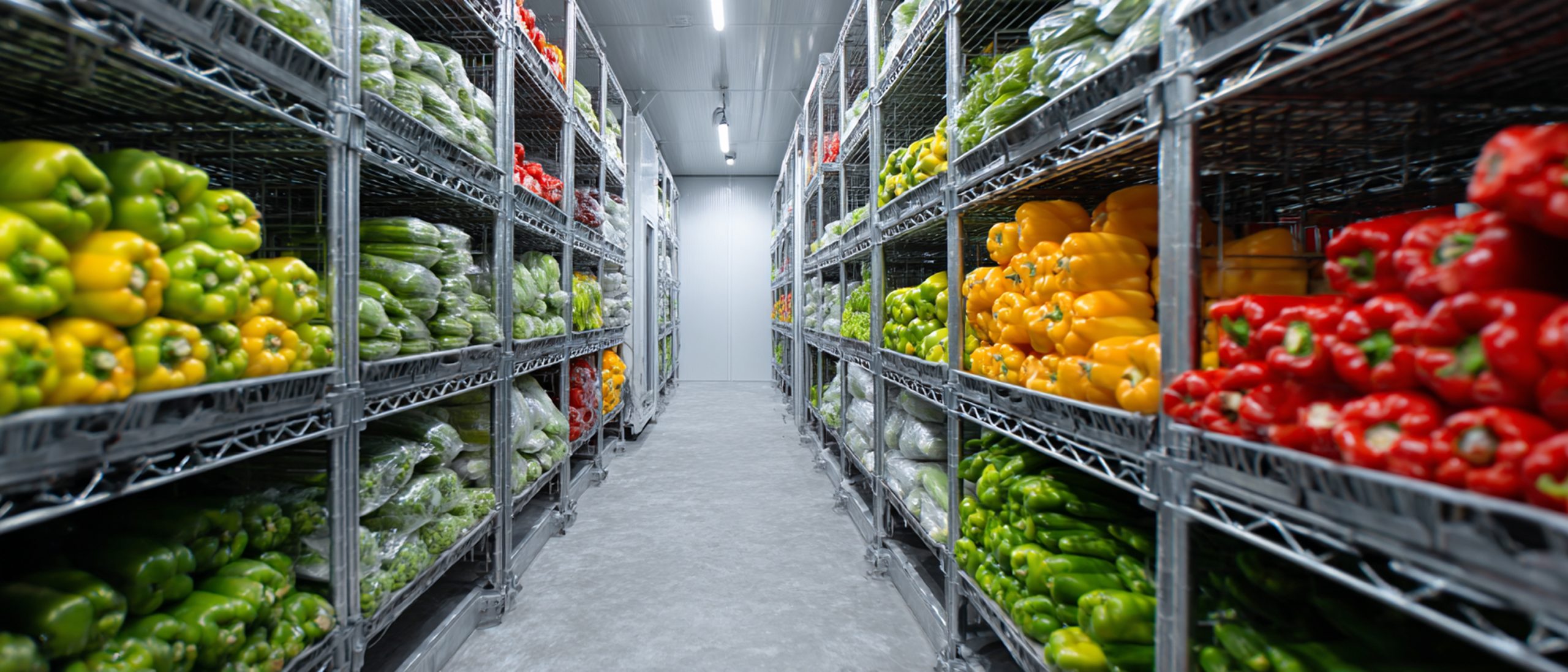
Labeling and dating items in dry storage may seem minor, but it’s a critical step for food safety. All foods not in their original packaging should be labeled with a clear, common name. This ensures staff can identify items correctly and prevents mistakes such as using flour in place of sugar.
Dating items when received allows food workers to organize stock using the FIFO method — First In, First Out. This method ensures older products are used before newer ones, reducing spoilage and minimizing food waste. It also helps maintain compliance with expiration and use-by dates, which may differ from the delivery date.
What Temperature And Airflow Should Be Maintained In Dry Storage?

Even though dry storage foods aren’t time-temperature controlled, maintaining a suitable environment is important. Ideally, dry storage should stay between 50ºF and 70ºF (10ºC and 21ºC). Temperatures outside this range can promote spoilage, pest infestations, or degradation of packaging.
Proper airflow is also necessary. Using wire shelving and avoiding overcrowding prevents stale air and reduces the risk of mold or moisture buildup. Ensuring consistent air circulation helps maintain the quality of stored items.
Can Chemicals Be Stored In Dry Storage?
Absolutely not. Storing chemicals such as cleaning agents, sanitizers, or detergents near food or single-use items creates a serious chemical hazard. Even small spills can contaminate foods and put customers at risk.
Always store chemicals in designated areas, separate from dry storage and food prep zones. AAA Food Handler training emphasizes strict separation of food and chemicals to prevent contamination.
How Should Dry Storage Areas Be Cleaned?
Cleanliness is crucial in dry storage. Floors should be swept and washed regularly, shelves dusted, and any debris removed promptly. Light fixtures, vents, and corners can accumulate dust, which may fall onto food items if neglected.
Maintaining a clean storage area reduces the risk of physical hazards such as dirt, broken packaging, or pests like rodents and insects. AAA Food Handler courses teach practical cleaning schedules and hygiene practices to ensure dry storage remains safe and organized.
What Are The Key Steps To Prevent Food Hazards In Dry Storage?
Preventing hazards in dry storage is a combination of organization, proper handling, and routine monitoring. Key steps include:
- Store items off the floor to avoid contamination.
- Label and date all food items, ensuring FIFO usage.
- Maintain proper temperature and airflow to preserve quality.
- Keep chemicals separate to eliminate chemical hazards.
- Maintain cleanliness to prevent pests and contamination.
- Monitor stock regularly to remove expired or damaged items.
These actions minimize biological, chemical, and physical hazards while protecting food quality and safety.
What Common Mistakes Should Food Workers Avoid In Dry Storage?
Common errors in dry storage include:
- Placing food directly on the floor or too close to the ceiling.
- Neglecting to label or date items.
- Overcrowding shelves and reducing airflow.
- Storing chemicals near food or utensils.
- Failing to clean regularly, allowing dust, pests, or debris to accumulate.
AAA Food Handler training helps employees recognize and correct these mistakes, ensuring consistent compliance with food safety standards.
How Does an AAA Food Handler Help Ensure Safe Dry Storage Practices?
AAA Food Handler provides comprehensive training in all aspects of food safety, including dry storage management. Employees learn to identify hazards, maintain proper hygiene, organize storage areas, and prevent contamination. The courses also emphasize compliance with HACCP plans, proper labeling, temperature control, and pest management.
By applying these principles, food workers can prevent hazards before they become serious problems, protecting both customers and the business.
The Bottom Line On Dry Storage Safety
Dry storage may seem low-risk, but improper management can lead to foodborne illnesses, contamination, and regulatory violations. Understanding how to store food and supplies correctly, maintaining hygiene, controlling temperature and airflow, and separating chemicals are all critical steps.
With AAA Food Handler training, food workers gain the knowledge and confidence to manage dry storage safely, ensuring compliance and maintaining high food safety standards.
Enroll in AAA Food Handler courses today to get certified and master safe food handling, including dry storage management.
